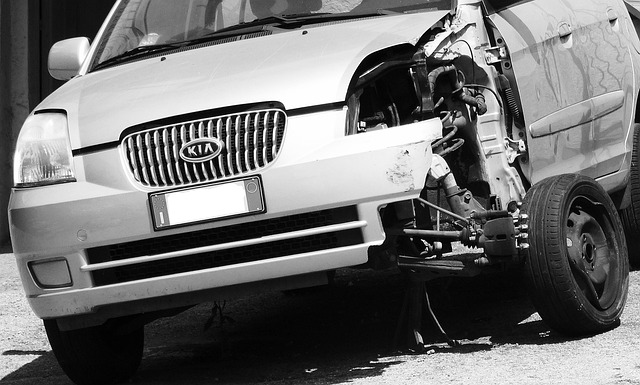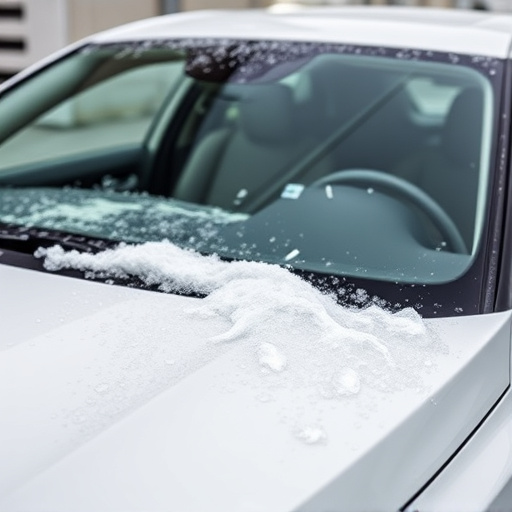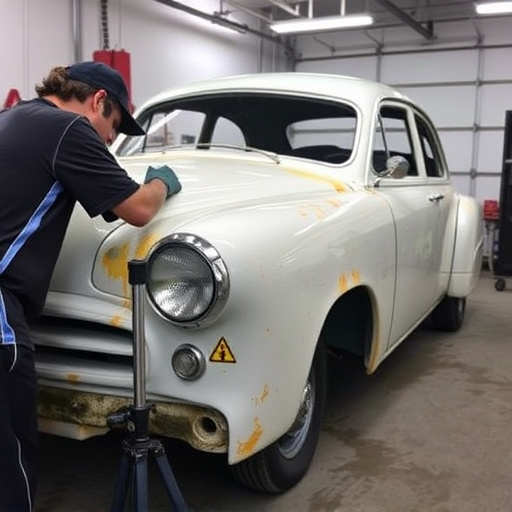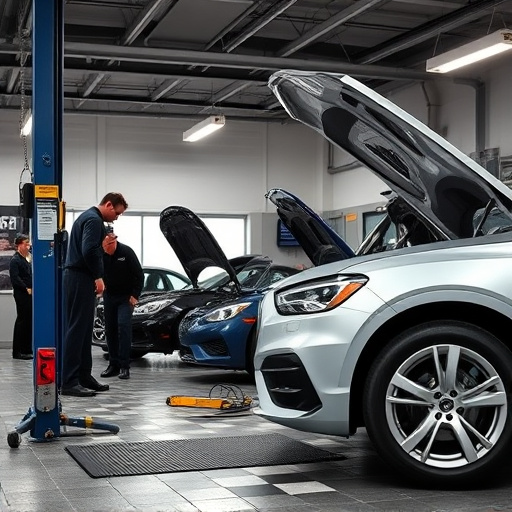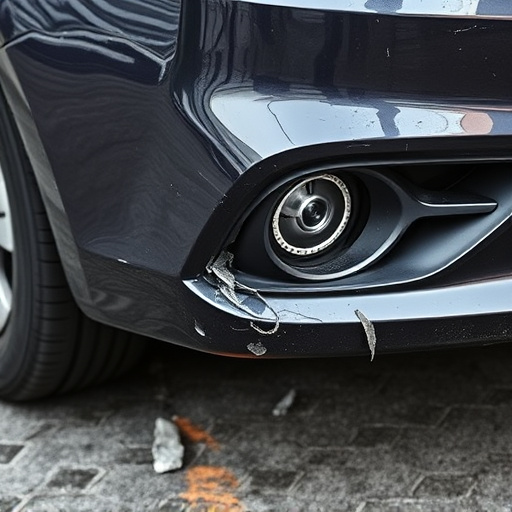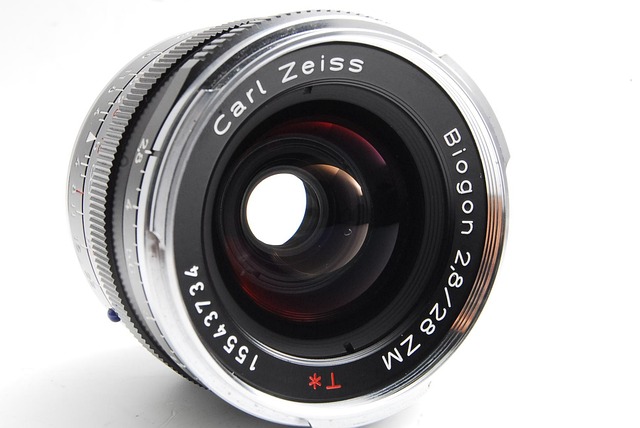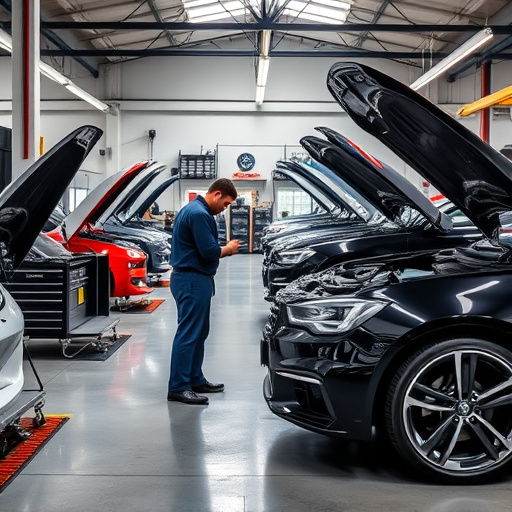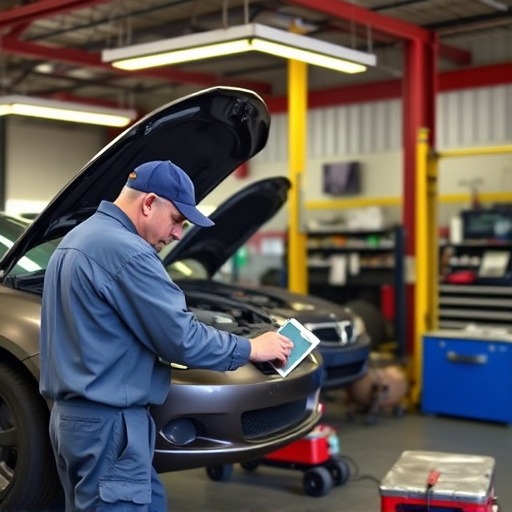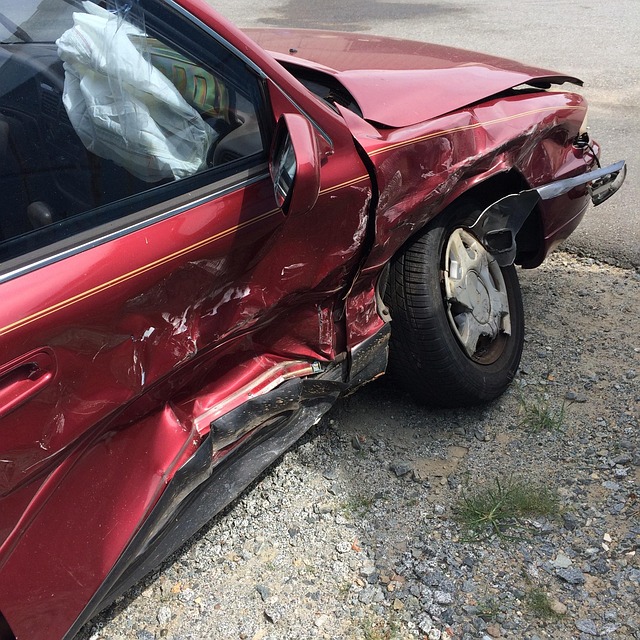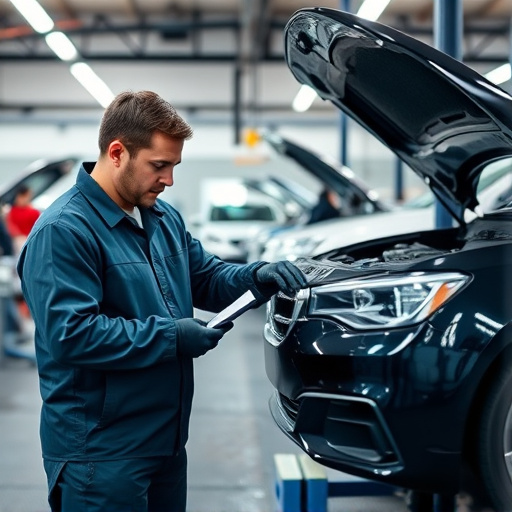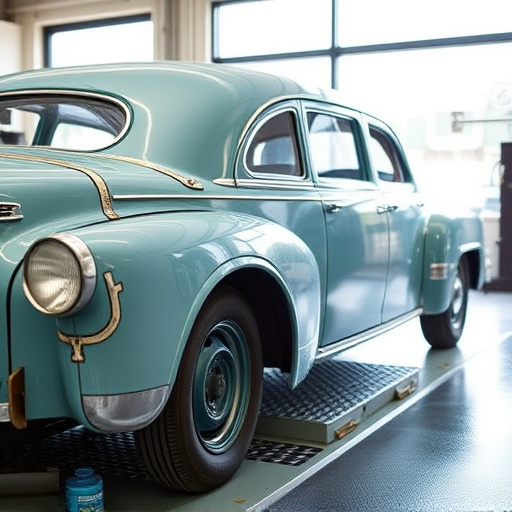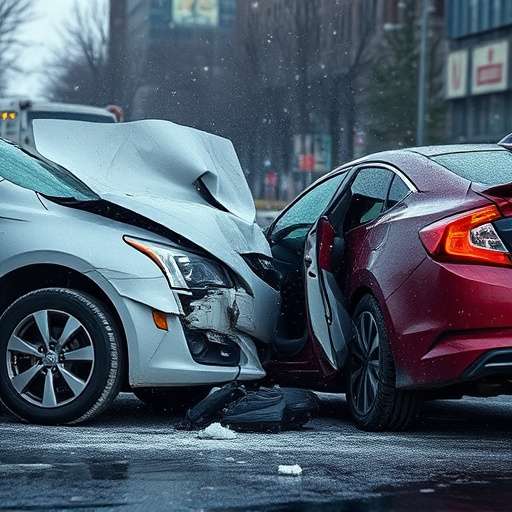Adhering to manufacturer guidelines is crucial for vehicle repairs after incidents like fender benders or scratch repair. Certified technicians use approved manuals and parts for precise standards, preserving safety features, performance, and reliability, ensuring each repair meets exacting original designer criteria. Manufacturer-approved repair is vital for maintaining modern vehicles' safety and functionality.
Manufacturer-approved repairs are essential for maintaining the safety and integrity of modern vehicles. This article delves into the critical role of adhering to manufacturer guidelines, leveraging certified technicians and parts, and implementing standardized procedures. By following these practices, auto owners can ensure their vehicles’ advanced safety systems remain effective, providing peace of mind on the road. Discover how these steps contribute to safety, reliability, and the preservation of your vehicle’s core functionalities.
- Understanding Manufacturer Guidelines for Repairs
- Benefits of Certified Technicians and Parts
- Ensuring Safety and Reliability Through Standardized Procedures
Understanding Manufacturer Guidelines for Repairs
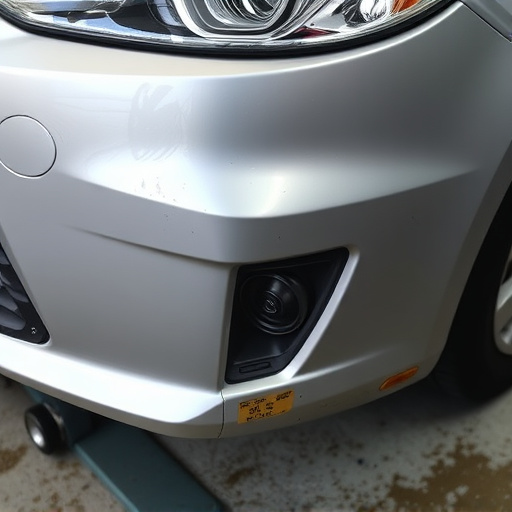
When it comes to vehicle repairs, especially after an incident like a fender bender or car scratch repair, adhering to manufacturer guidelines is paramount. Each automotive brand has specific protocols and recommendations for servicing their vehicles, ensuring that all safety systems function optimally. These guidelines are designed to maintain the integrity of complex mechanisms, such as airbags, brake systems, and electronic control units (ECUs). Following these instructions is crucial for a manufacturer-approved repair, as it guarantees that any fixes or replacements meet the exacting standards set by the vehicle’s original designer.
Technicians must carefully review the manufacturer’s repair manuals, which provide step-by-step procedures tailored to each make and model. These manuals often include specific tools, replacement parts, and troubleshooting tips. By strictly following these guidelines, repair shops can ensure that their work is up to par, preserving the vehicle’s safety systems and performance. This meticulous approach, particularly in cases of fender repair or more intricate electronic repairs, is essential for retaining the car’s original functionality and reliability.
Benefits of Certified Technicians and Parts
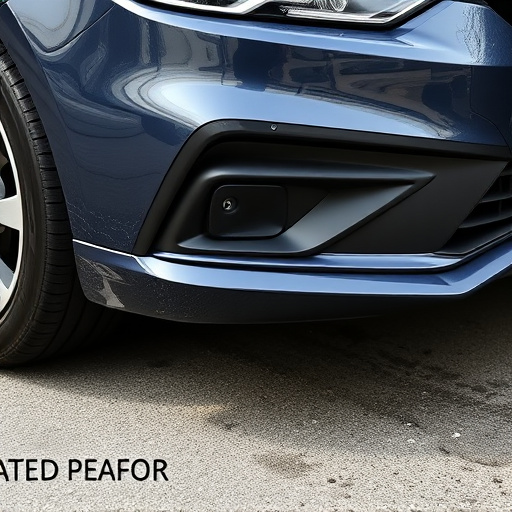
Having certified technicians perform manufacturer-approved repairs offers significant advantages for both vehicles and their owners. These professionals are specifically trained on the latest technologies and systems used by car manufacturers, ensuring that every repair is carried out to precise standards. This expertise translates into safer vehicles, as these techs understand not just how a system works but also any specific nuances unique to each make and model.
Using manufacturer-approved parts is another critical aspect. These parts are designed specifically for the vehicle, fitting perfectly and seamlessly integrating with existing systems. A certified vehicle body shop that specializes in such repairs guarantees that only genuine replacement parts are used, enhancing overall safety and maintaining the integrity of the automotive repair process. This level of precision and attention to detail is key to preserving not just the functionality but also the safety features of a vehicle after any repair, be it a simple scratch repair or more complex work.
Ensuring Safety and Reliability Through Standardized Procedures
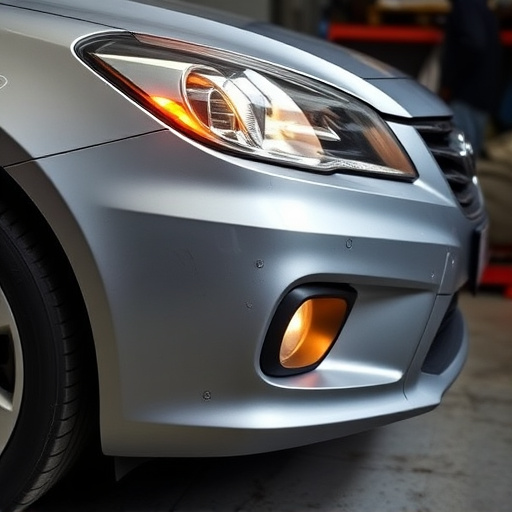
Manufacturer-approved repair is a cornerstone in maintaining the safety and reliability of modern vehicles. It involves adhering to standardized procedures and protocols set by automotive manufacturers, ensuring that every aspect of the repair process meets their stringent criteria. These guidelines cover everything from diagnostic testing to component replacement, guaranteeing that complex safety systems function optimally after any incident, be it a minor fender bender or extensive hail damage repair.
By prioritizing manufacturer-approved repair practices, auto body repairs are not just limited to fixing visible aesthetics but also protecting the integrity of critical systems like airbags, anti-lock braking, and electronic stability control. This meticulous approach ensures that car paint repair is more than just a surface fix; it safeguards the vehicle’s ability to perform safely on the road. Whether dealing with minor dings or major accidents, following these standardized procedures plays a vital role in preserving the safety features that protect drivers, passengers, and other road users.
A manufacturer-approved repair is paramount in maintaining the safety and reliability of modern vehicles. By adhering to original equipment guidelines, using certified technicians and parts, and employing standardized procedures, car owners can ensure their vehicle’s safety systems function optimally. This approach not only preserves warranty coverage but also safeguards the advanced safety features that are integral to today’s driving experience. Prioritizing manufacturer-approved repair is a responsible step towards keeping both you and other drivers on the road safely.
